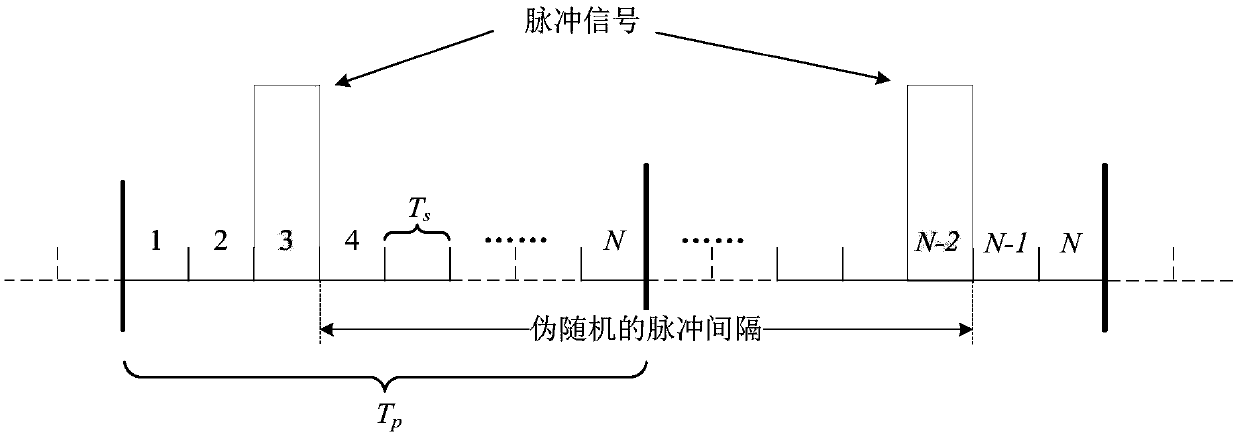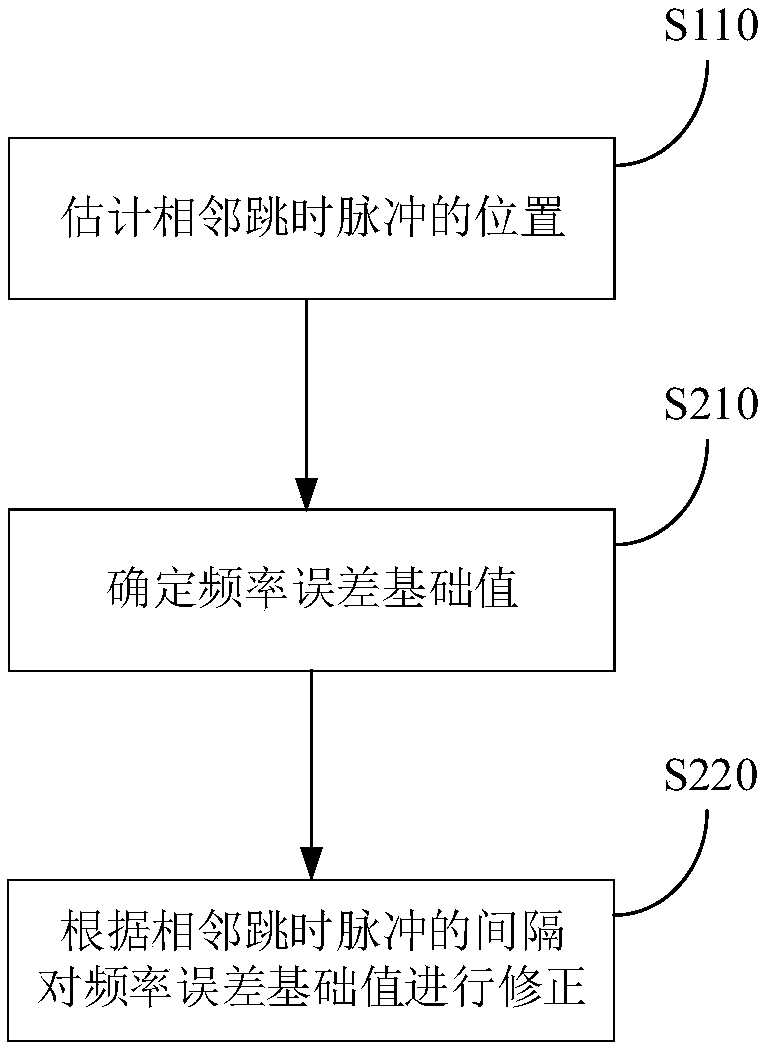Frequency discrimination method and frequency discrimination device for positioning base station time hopping signals
A technology for positioning base stations and time-hopping, which is applied to measurement devices, satellite radio beacon positioning systems, instruments, etc., and can solve the problem that time-hopping signal application scenarios cannot be effectively applied, signals are identified, and the tolerance range of initial Doppler estimation errors is small. And other issues
- Summary
- Abstract
- Description
- Claims
- Application Information
AI Technical Summary
Problems solved by technology
Method used
Image
Examples
Embodiment Construction
[0015] The method and device for frequency discrimination of time-hopping signals disclosed in the present application will be described in detail below with reference to the accompanying drawings. For the sake of brevity, in the description of the various embodiments of the present application, the same or similar devices use the same or similar reference numerals.
[0016] Based on the time-hopping signal model of the positioning base station, the time-hopping signal frequency discrimination scheme of the present application is described below by analyzing the time-hopping characteristics of the time-hopping signal. The positioning base station in this application may be, for example, a pseudolite, a ground-based positioning base station and / or a wireless beacon.
[0017] figure 1 An example of a direct sequence spread spectrum pulse signal transmitted by a positioning base station in a positioning base station system using TH-DSSS time-hopping signal system is shown. Such...
PUM
 Login to View More
Login to View More Abstract
Description
Claims
Application Information
 Login to View More
Login to View More - R&D
- Intellectual Property
- Life Sciences
- Materials
- Tech Scout
- Unparalleled Data Quality
- Higher Quality Content
- 60% Fewer Hallucinations
Browse by: Latest US Patents, China's latest patents, Technical Efficacy Thesaurus, Application Domain, Technology Topic, Popular Technical Reports.
© 2025 PatSnap. All rights reserved.Legal|Privacy policy|Modern Slavery Act Transparency Statement|Sitemap|About US| Contact US: help@patsnap.com



